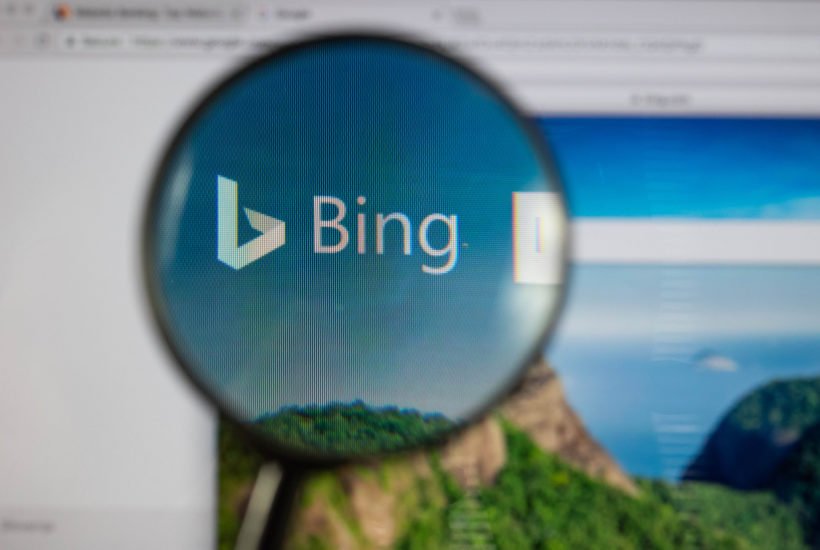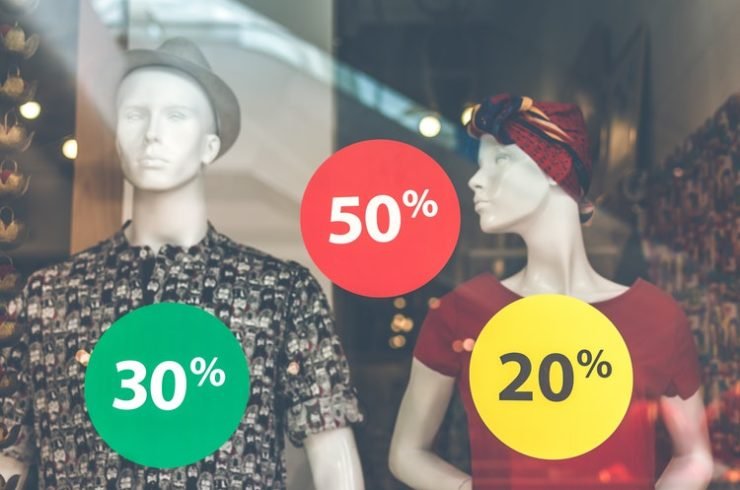Business
6 reasons e-commerce entrepreneurs are paying close attention to Bing Shopping
Google Search is king, but for e-commerce entrepreneurs, Bing Shopping is certainly worth their time, effort and budget, as well.

Google is the 800-pound gorilla of search engines, gobbling up a massive chunk of the world’s internet usage pie. When people talk about searching for something on the internet, they don’t say “search”—they say “Google”. Advertisers have followed suit, pouring themselves into Adwords and other Google-centric initiatives.
Take a step back, though, and the landscape opens up. You might be surprised what you can find in the niches left outside of Google’s domain. Among one of the most effective of those niches is Bing Shopping.
Bing, Microsoft’s Google competitor, holds only a 20 percent chunk of total US web searches. Surprisingly, though, Bing Shopping advertising has been doing well. What gives? Why are e-commerce entrepreneurs so intrigued by the opportunity that Bing Shopping represents?
Ease of use
For people who are already using Google Shopping, the changeover process is simple: you can upload your Google Shopping feed straight into Bing Shopping. It also allows you to sync your Merchant Center product offers between Google and Bing, either with a manual transfer or an automatic process.
Bing’s keyword setup and audience targeting are highly user-friendly as well, making it easy to make your campaigns hit the right people—though it should be noted that Bing’s smaller audience means broader campaigns tend to work better than more specific ones.
It’s a snap to make your campaigns effective, and with the easy transfer options you can manage everything from one feed if you want to. Dipping your toe in is very workable.
LinkedIn integration
Microsoft’s acquisition of LinkedIn opened up another avenue of targeting that’s unique to Bing: LinkedIn user data. Job titles, industries and more can be used to narrow down your audience. Depending on your product, this can be highly valuable, and it’s a competitive advantage that Google doesn’t have.
With LinkedIn recently taking steps forward in its own targeting options, it’s worth watching what Microsoft does moving forward to capitalize on this advantage. They’ve been proactive already and will likely continue to add integration and functionality between the two platforms in the future.
Cost per click
Bing ads are massively less expensive per click than Google ads, on average. Bing had an average CPC of only $7.99, coming in far below Google.
It’s not that expensive to try Bing Shopping, and with the lower cost per click, you might find that you do better off the smaller campaigns running on Bing than your bigger Google campaigns. Saving that money and plowing it into other initiatives is a big benefit and incentive for e-commerce entrepreneurs.
Conversion rates
As a smaller platform, Bing also enjoys another benefit on its Bing Shopping ads: higher conversion rates. Ads convert anywhere from 10 to 56 percent higher than Google, even on a smaller sample. Creating a campaign that converts is easier, and you’re more likely to see tangible results.
The fact that competition is lower on the Bing ad network helps a ton.
When there aren’t as many people competing for the same eyeballs, advertising costs are lower and conversions are higher. Depending on your niche, you may be the only one offering something, giving you exclusive targeting to that audience until your competitors wise up.
The Bing network isn’t just Bing
If you’re trying to extend your reach, here’s another thing to like: Bing ads pop up on Bing, but they also pop up on Yahoo and AOL. Yahoo has a significant market share of the search engine market as well (again, behind Google).
Getting the reach of its network helps you keep your ads in front of more people, and you need every advantage when you’re not going with the dominant force on the market.

Manual targeting adjustment
When you look at your traffic reports, Bing allows you to do something unique: control which search partners display your ads. The report allows you to see exactly where your traffic is coming from in explicit detail, and then make changes based on that.
You can adjust per website whether or not you want your ads to be displayed, giving you fine-grained control of over and underperforming placements. That allows you to tailor your campaigns in a way that other networks don’t allow. Bing Shopping will let you find the best possible places for your ads and prune away the ones that are leeching your money with no results.
Bing Shopping: Worth a look
Bing Shopping is a flexible, easy-to-use tool that allows you to easily use your already-designed campaigns to get off the ground. It lets you control where your ads are displayed in fine-grained detail. It reaches across multiple search engine networks. It enjoys low competition, low CPC and high conversion.
That’s why e-commerce entrepreneurs are paying close attention.
Bing Shopping is still small compared to Google, but if you’re trying to grab the attention of a smaller audience that’s more likely to convert, you’d do well to dip your toe in the waters of Bing Shopping. Try it out and see how it grabs you. You might be surprised what happens.
(Featured image by Marco Verch via Flickr. CC BY 2.0)
—
DISCLAIMER: This article expresses my own ideas and opinions. Any information I have shared are from sources that I believe to be reliable and accurate. I did not receive any financial compensation for writing this post, nor do I own any shares in any company I’ve mentioned. I encourage any reader to do their own diligent research first before making any investment decisions.

-

 Cannabis2 weeks ago
Cannabis2 weeks agoMedical Cannabis in Poland 2025: Growth, Stability, and Wider Access
-

 Impact Investing3 days ago
Impact Investing3 days agoBeyond the ESG Label: Integrating Sustainability for Long-Term Value
-

 Crypto2 weeks ago
Crypto2 weeks agoBitMine Surpasses 4 Million ETH Holdings Amid Market Volatility
-

 Biotech3 days ago
Biotech3 days agoMedical Research in 2025: A Turning Point for Precision and Personalized Medicine

















